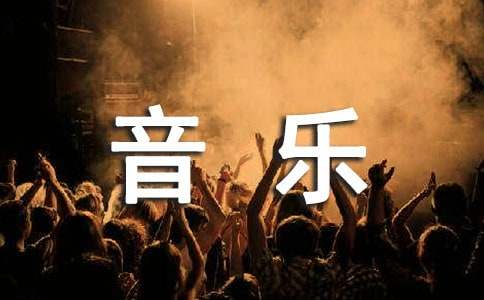- 相關(guān)推薦
介紹中國(guó)音樂(lè)的英語(yǔ)作文
Chinese Music dates back to the dawn of Chinese civilization with documents and artifacts providing evidence of a well-developed musical culture as early as the Zhou Dynasty (1122 BC – 256 BC). Today, the music continues a rich traditional heritage in one aspect, while emerging into a more contemporary form at the same time.

According to Mencius, a powerful ruler once asked him whether it was moral if he preferred popular music to the classics. The answer was that it only mattered that the ruler love his subjects. The Imperial Music Bureau, first established in the Qin Dynasty (221–07 BC), was greatly expanded under the Emperor Han Wu Di (140–87 BC) and charged with supervising court music and military music and determining what folk music would be officially recognized. In subsequent dynasties, the development of Chinese music was strongly influenced by foreign music, especially Central Asia.
The oldest known written music is Youlan or the Solitary Orchid, attributed to Confucius (see guqin article for a sample of tablature). The first major well-documented flowering of Chinese music was for the qin during the Tang Dynasty, though the qin is known to have been played since before the Han Dynasty.
In ancient China the position of musicians was much lower than that of painters, though music was seen as central to the harmony and longevity of the state. Almost every emperor took folk songs seriously, sending officers to collect songs to inspect the popular will. One of the Confucianist Classics, Shi Jing (The Classic of Poetry), contained many folk songs dating from 800 BC to about 400 BC.
The first European to reach China with a musical instrument was Jesuit priest Matteo Ricci who presented a Harpsichord to the Lee imperial court in 1601, and trained four eunuchs to play it.
Dragon Dance
The famous dragon dance with music is also a remembered tradition. It is seen on Chinese New Year across the world by millions. It is not known when the tradition started, but it is believed to be thousands of years ago, as entertainment of former emperors, royals and nobles.
Traditional music in China is played on solo instruments or in small ensembles of plucked and bowed stringed instruments, flutes, and various cymbals, gongs, and drums. The scale is pentatonic. Bamboo pipes and qin are among the oldest known musical instruments from China; instruments are traditionally divided into categories based on their material of composition: animal skins, gourd, bamboo, wood, silk, earth/clay, metal and stone. Chinese orchestras traditionally consist of bowed strings, woodwinds, plucked strings and percussion.
【介紹中國(guó)音樂(lè)的英語(yǔ)作文】相關(guān)文章:
介紹動(dòng)物的英語(yǔ)作文04-26
介紹天津的英語(yǔ)作文06-16
介紹家鄉(xiāng)的英語(yǔ)作文07-31
介紹公司的英語(yǔ)作文07-28
介紹家人的英語(yǔ)作文07-30
介紹朋友的英語(yǔ)作文01-03
介紹狗的英語(yǔ)作文05-24
介紹青島英語(yǔ)作文[精選]05-26